|
Painted Redstart, Madera Canyon, March 15, 2018 If you have been following my blog, you will have noticed that the majority of posts are about Southeast Arizona, which for me means everything east and south of the Tucson metropolitan area and Mt. Lemmon, roughly bounded by Interstate 19 to the west, the I-10 corridor to the north, and the state line with New Mexico to the east. Last week we traveled south of Tucson to the Santa Rita mountains and Madera Canyon, then east to the Huachuca Mountains and Sierra Vista Southeast. This post is on the Santa Ritas and Madera Canyon, part 2 will be our exploration of the Huachucas and Ramsey Canyon. The entrance to Madera Canyon is in the northern foothills of the Santa Ritas, at 4500 feet elevation. It is 14 miles, 27 minutes by car from Green Valley, right in their backyard. From Tucson, the usual route is south on I-19 to Green Valley, then Continental Road to White House/Madera Canyon Road to the entrance. However, we decided to stick to the "blue highways" and took Kolb south to Valencia west, then south on Wilmot, west on W. Sahuarita Road to S. Nogales Highway to Continental Road. It is a smooth and uncrowded route through beautiful Sonoran desert. And, you get to drive by several federal prisons! One way the trip is 50 miles, and about 1 hour 15 minutes. Madera Canyon is part of the Coronado National Forest. This link is a great resource. There is hiking and picnicking, and of course, birding, but no overnight camping. However, there are several lodges, including our choice on this trip, The Chuparosa Inn, Bed and Breakfast. Our host was Luis Calvo, who you can see giving a video tour of the canyon at Visit Tucson, Santa Rita Mountains. Many thanks to Luis, his wife and staff for a wonderful spot to enjoy the canyon. Chuparosa Inn, Bed and Breakfast The Chuparosa Inn is right on the main road (above) but also straddles the creek (below). Luis and his wife have done a wonderful job of designing the house and yard to take full advantage of the location. We found some of our best birding was right on their decks and patios at sunrise, close to their feeders and a hot cup of coffee! I set up my tripod with a Wimberley gimbal head and waited for the show to begin. Broad-billed HummingbirdThe Broad-billed Hummingbird is a small colorful bird with a red bill, dark at the tip, and a notched tail. Males have a blue throat and bluish green belly. We can see the distinctive field marks in the bird above, perched above the creek in the afternoon sun. They live year round in Mexico, and come as far north as SE Arizona and New Mexico to breed. All bird's feathers have small muscles where they implant into the skin, which allows them to move the feather, allowing them to "fluff up" for warmth. We can see the difference between the bulky fluffed look of the first frame, and the leaner look of the second frame, above. Below, the bird has raised and then lowered the feathers on the crown, something we will see later in this post in the Rivoli's. Rivoli's HummingbirdRivoli's Hummingbird was formerly known as the Magnificent from the 1980's until 2017, when the northern subspecies of the genus Eugenes was split from the larger southern subspecies of Costa Rica and Panama. The northerners were renamed Rivoli's Hummingbird, and the southern species names the Talamanca Hummingbird. The bird was named in honor of the Duke of Rivoli, an amateur French ornithologist. Anna's Hummingbird was named after his wife, Anna, the Duchess of Rivoli. Rivoli's are large hummingbirds, which is evident when they share feeders with other hummingbirds. The males are dark green above, with an iridescent yellow-green throat and a purple crown. They may appear dark in poor light. They have a white dot behind the eye. These first three images, one above, two below, were captured at the Chuparosa Inn above the creek as the bird fed on flesh blooms from their fruit trees. The color of the feathers varies strikingly with the angle to the light, as we can see in the images below. Above and below, we can see how the bird can change the height of his crown, and how the change in angle changes the color. Below, a late afternoon view of the back, with some fill-flash added. Mexican JaysMexican Jays are in the family Corvidae, also known as Corvids. This family includes crows, ravens, rooks, jackdaws, magpies, treepies, choughs and nutcrackers. They live in social groups in the Mexican mountains, and as far north as SE Arizona and Western New Mexico. Above we see three jays together, although there were more in the grouping. All images captured at the Chuparosa Inn. Above, a possible breeding pair. Below, one of a pair gathers coconut shavings from a planter for a nest. All set for home improvement ! Short break for a quadruped . . .The inn has multiple feeders set up, and as one might expect, they attract anything that eats seeds, including hungry squirrels. This critter has taken up residence in the feeder, eye just visible on the right. Wild turkeys also stroll the property, grabbing what they can from low slung feeders. Bath time !Water runs over rocks on the uphill side of the terrace and acts as both a drinking and bathing source. Above Pine Siskins enjoy the bath, and below, get a drink. Two images below, a Bridled Titmouse gets a late afternoon bath. Dark-eyed JuncoWe see a lot of Yellow-eyed Juncos on Mt Lemmon, up at ~7500 feet, but here we find at ~5000 feet a Dark-eyed Junco, with a red back, similar to the Yellow-eyed brethren. Dark-eyed Juncos breed in Canada and Alaska, winter as far south as SE Arizona and Mexico, and can be seen year round from Northern Arizona and New Mexico up into the Rockies, northern California coast, and western Canada. There is a lot of variation in markings and coloration for these birds, with the Red-backed variety more common in SE Arizona. The Cornell website show the variations by region. More on the canyon . . . .We had two days in the canyon, and as you can see, we spotted a lot of birds in a great setting at the Chuparosa Inn. We also hung out at the feeders at the Santa Rita Lodge (see map below) and walked around the Whitehouse Picnic Area. But some of our best birding was on the path south (uphill) of Proctor Road up along Madera Creek. This area is easy to walk, with beautiful views of the mountains to the south. Note that the top of the map below is South, the bottom North. Above, the trailhead at the Proctor Parking area. Painted RedstartOur major "find" on our walk was a very active Painted Redstart. He was jumping from branch to branch in a large tree right on the pathway. Getting him to "stay still" in good light was a challenge. The image above was captured along with a series of images that featured mostly leaves and an occasionally blurry flash of feathers. For this image I got lucky, he stayed still for a second in a beam of sunlight and was in the camera's focal plane. Painted Redstarts are warblers with bright red bellies, white wing patches, and a white crescent below the eye. All field markings are evident in the lead image above. Above and below, our subject has caught an insect, and begun to munch it down. Image above shows markings of the back and tail, and below the belly and tail, with the tail fanned out showing the white feathers laterally. The Painted Redstart will fan its tail, as below, and move back and forth, to flush out insects from the leaves. A bit like shaking a vending machine to see what comes out! Images below, good views of the breast and tail, and the distinctive white half-eye ring. Painted Redstarts like riparian and arid woodland areas especially in mountains. They eat mostly insects as well as some tree sap, sugar water from feeders, as well as peanut butter and suet. Painted Redstarts live year round in the Mexican and Central American interior, breeding north into Arizona, New Mexico and portions of Texas. That's it for Madera Canyon !"Are you sure you know what you are doing? " Stay tuned for the next installment, the Huachuca Mountains, Sierra Vista Southeast, and Ramsey Canyon. Happy trails!
7 Comments
Charlotte Cordes
3/26/2018 02:36:54 pm
Wonderful wonderful. Thank you!
Reply
Dee sullivan
3/26/2018 03:09:12 pm
Thank you for the introduction should we have the good fortune to see these fine feathered friends.
Reply
Cathie and Bill Brown
3/26/2018 07:47:20 pm
What a treat. We love your pictures and descriptions., If only our minds could recall all that you share. Thanks
Reply
3/30/2018 10:35:12 am
Fantastic photos, Henry! Looks like a great visit to one of the legendary birding spots in North America.
Reply
4/7/2018 09:24:18 am
What a wonderful reintroduction to our home. Sometimes when you are living here you forget to look with open eyes at the wonder of Madera Canyon and all it has to offer. My goal is to see my home thru your eyes!
Reply
Karen Long
4/11/2020 03:54:37 pm
Great photos Henry. I was there yesterday and followed a Painted Redstart for probably 40 minutes to get a decent picture! I enjoyed every second of it! Love your articles!
Reply
Leave a Reply. |
AuthorHenry Johnson, photographer and author of this site. For more detail, see About
Categories
All
Archives
July 2024
|







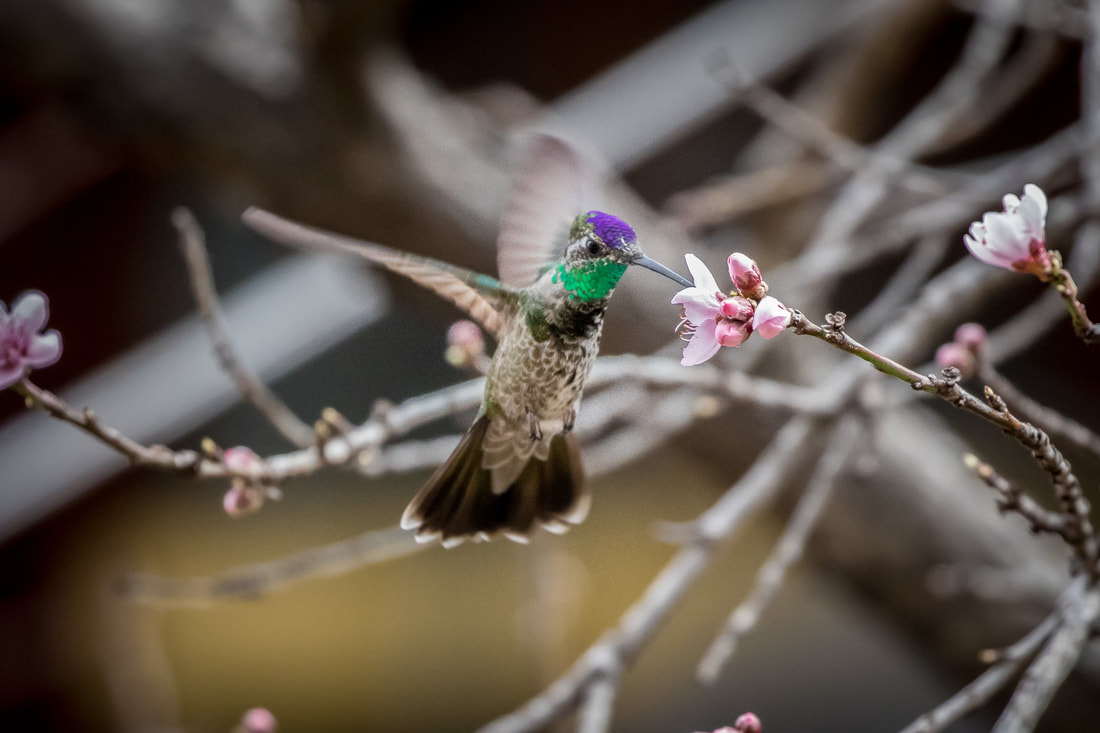
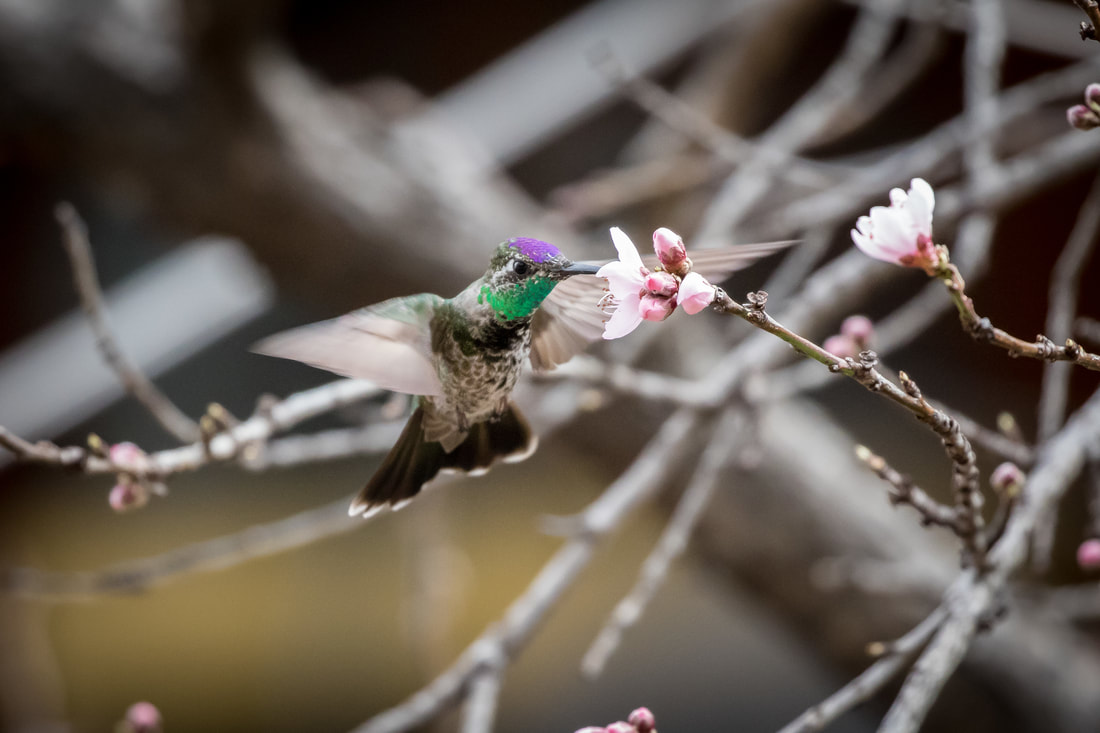
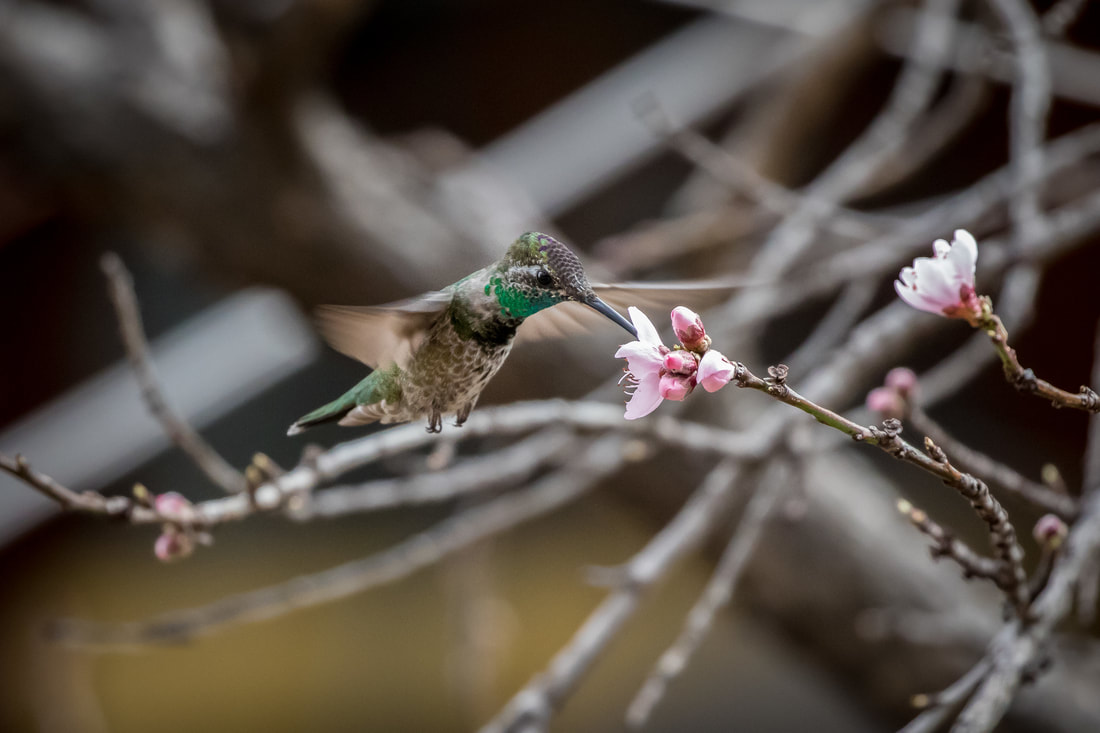

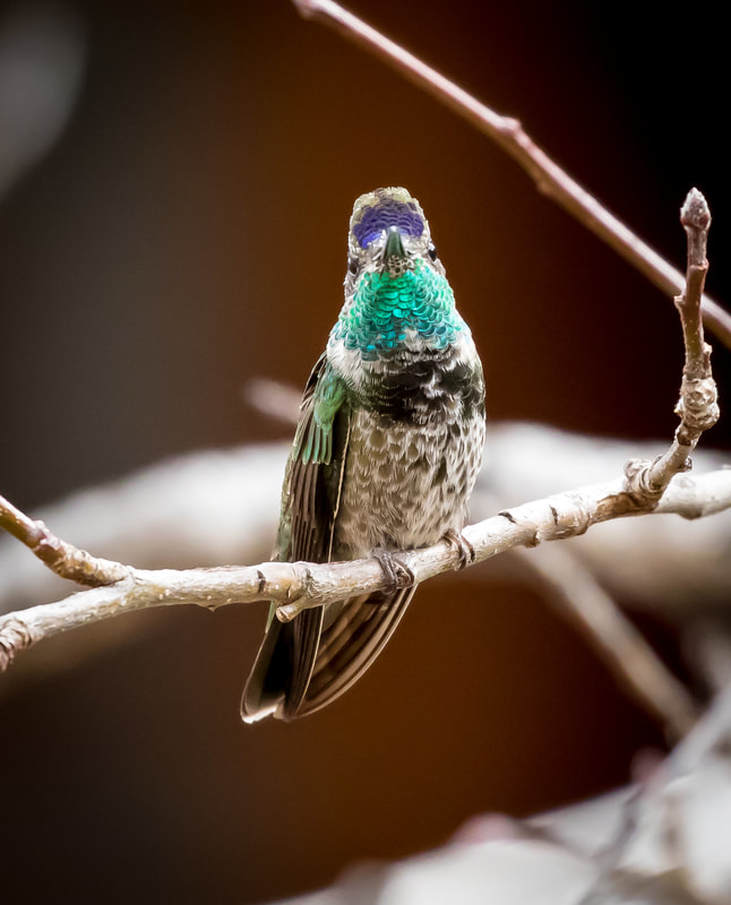



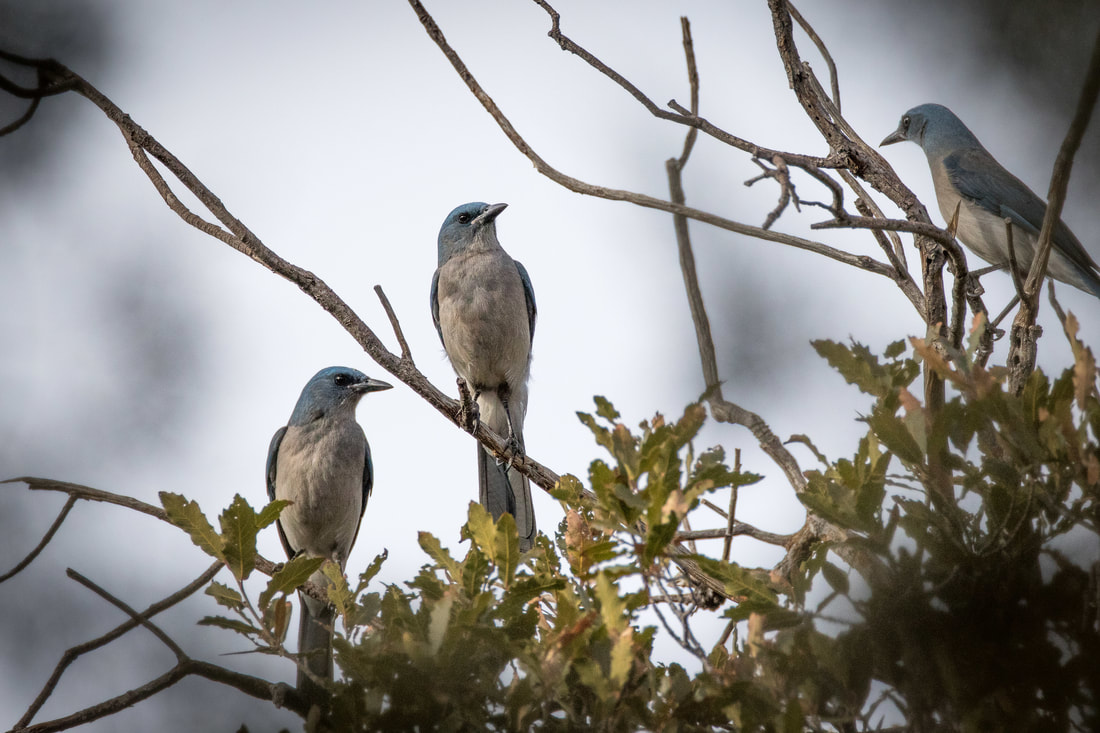
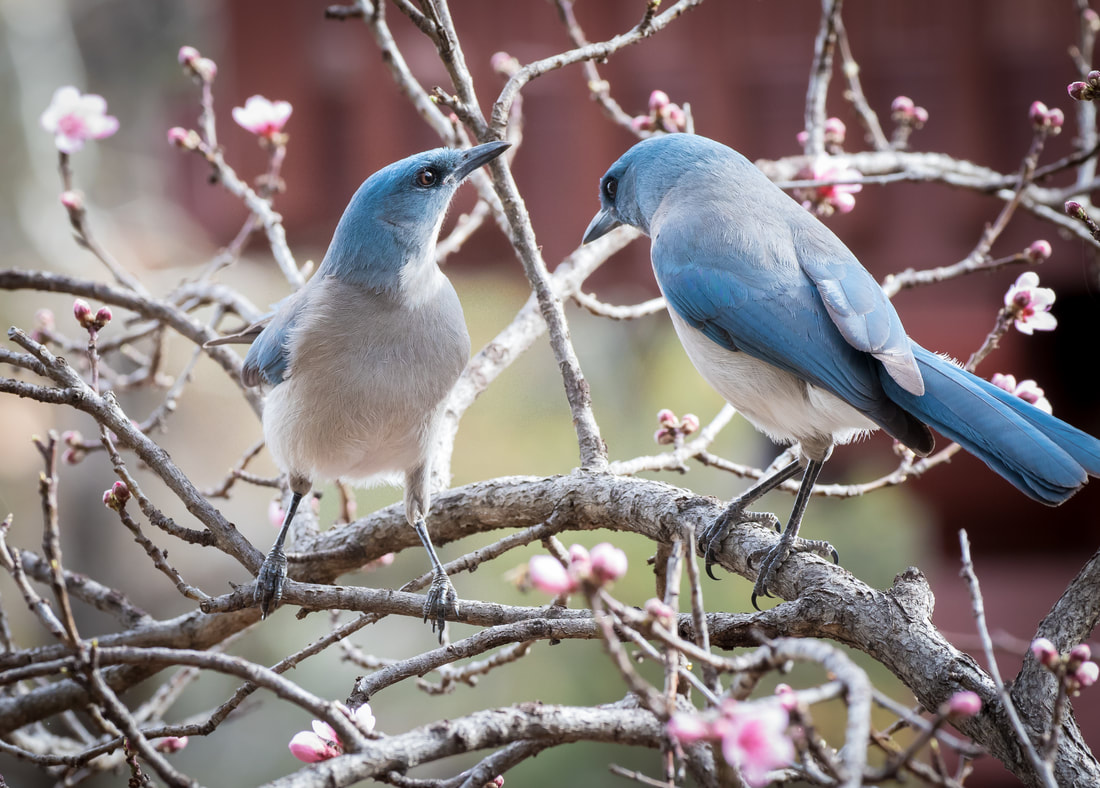





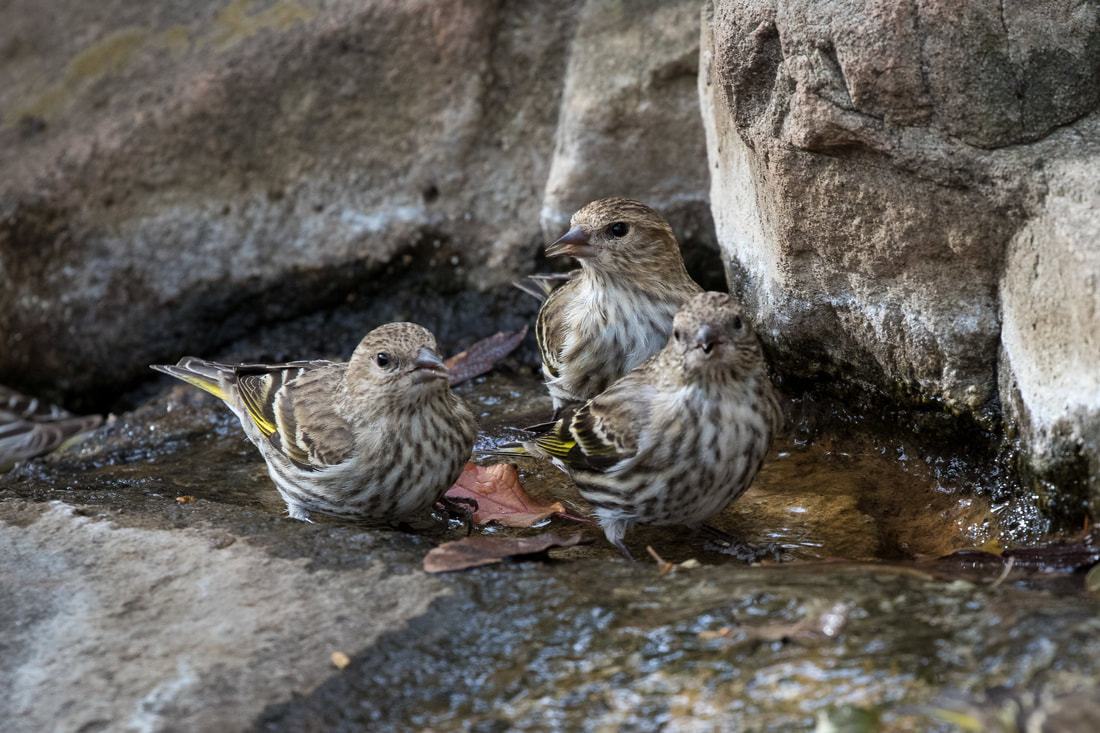

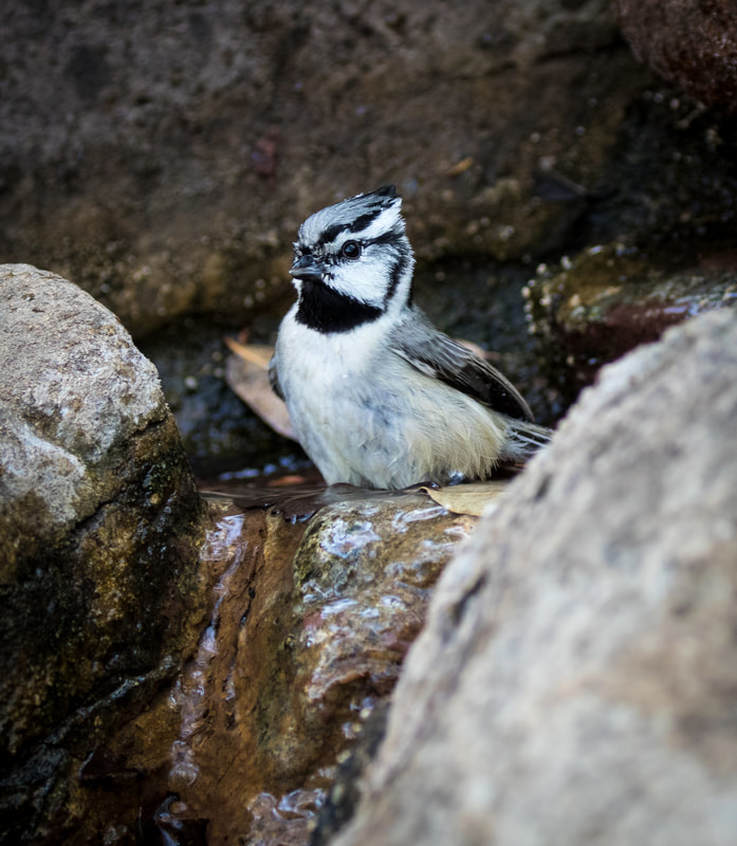

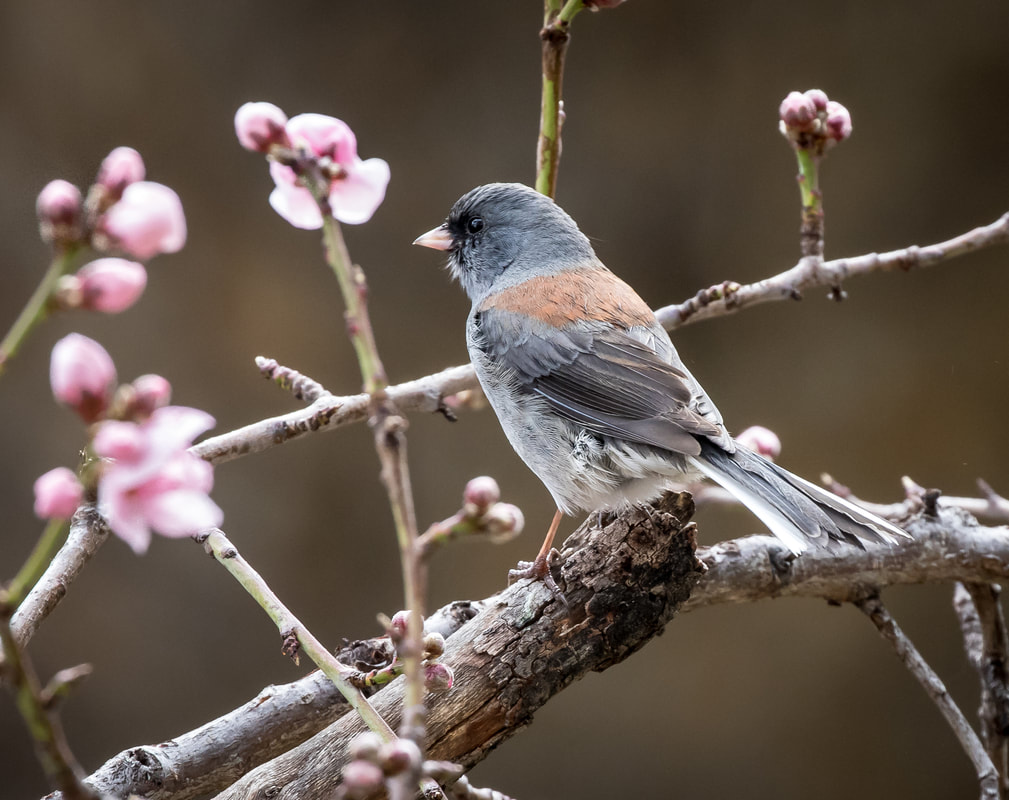



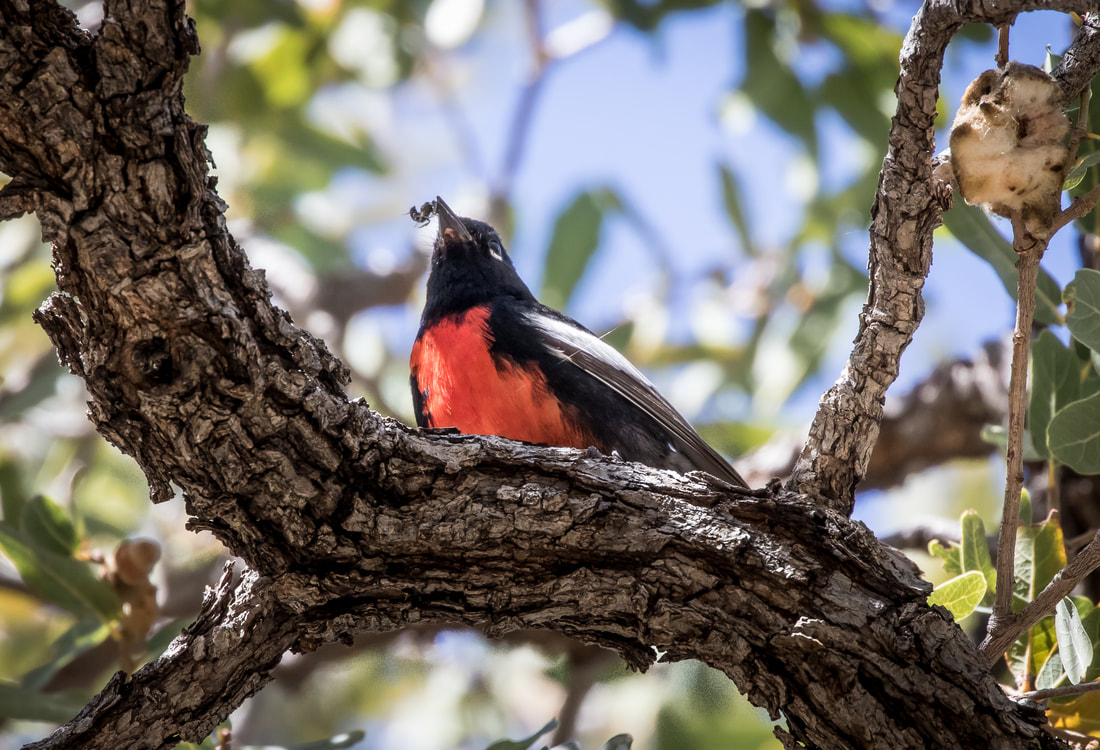





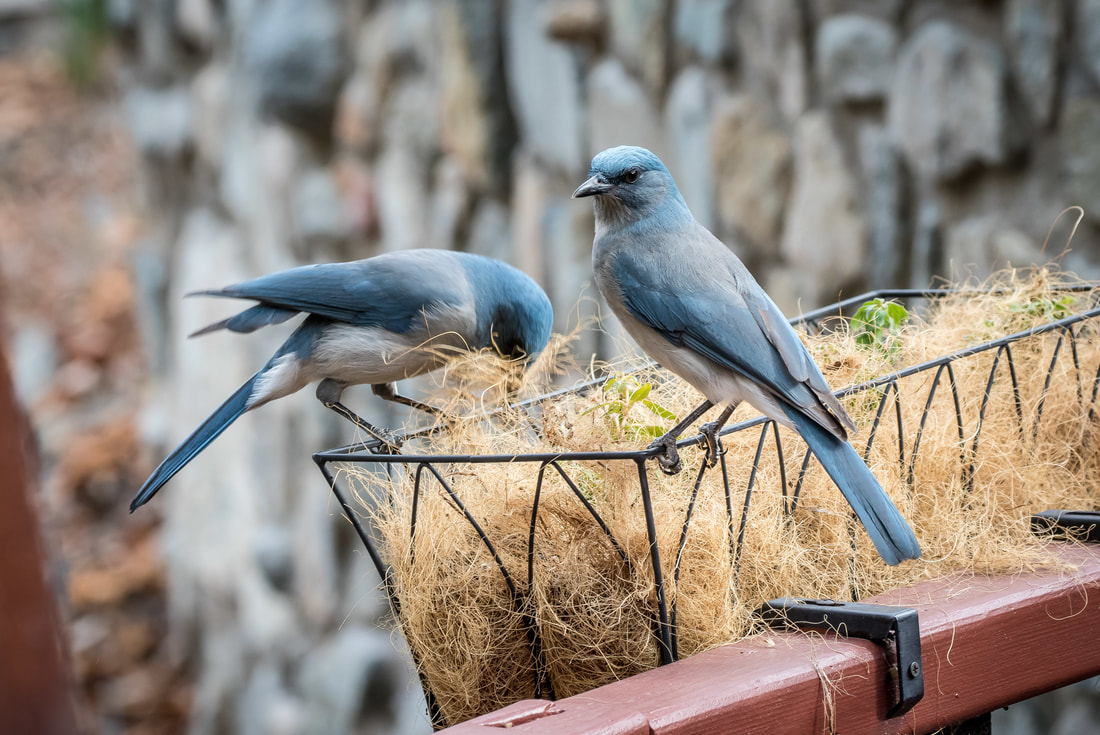
 RSS Feed
RSS Feed